Atlantic Rally for Cruisers
The ARC is a ‘must-do’ for many sailors and attracts over 200 boats. 1200 People sail every year overt 2700 NM across the Atlantic from Gran Canaria to Saint Lucia. The ARC is for families with children, tough racers, cruising couples, big boats and modest boats, and of course, many more Catamarans are joining every year! Like us!
The ARC is also about friendships made ashore in the two weeks of pre-departure activities continued over the radio net at sea. It’s about arriving in Saint Lucia to be met on the dock with a rum punch and a chilled beer, knowing you have achieved something fantastic – crossing an ocean! And hoping to arrive with the same crew as you left the docks in Las Palmas.
Why did WE join the ARC in 2019?
For us, there were a few reasons for joining. 1. Meet other sailors who were going take the plunge to the other side. You probably meet a lot of the ARC sailors along the way cruising in the Caribbean. Which is certainly part of the fun! 2. As this is our first Atlantic crossing we felt sort of ‘safe’ sailing to the other with 200 other boats. Not that we would see any boat once past Cran Canary … but ok, for it felt good! 3. The fun factor joining all the different sundowners offered by all the different sponsors. 4. Attending the seminars offered by the ARC. Not all were even interesting but that differs for everybody. 5. The learning curve in all the processes when you are leaving such a long trip. Provisioning, safety, security. So much to learn when you’re a first-time crosser. 5. We had a crew of 2 other couples. Which takes a lot of organising, trying to meet everyone’s wishes. We had to be sure to have (20 days x 3 meals x 6 people) at least 360 meals on board. And as we do not like eating out of cans every day we had a lot of work to do. making spreadsheets with all meals, then making the shopping lists. Then last but most important … get everything on board.
Arriving in Las palmas
Muelle Deportivo Las Palmas is the Marina where the boats gather. Marina is quite cheap. For our 47 Catamaran, we paid euro 550 for a month. Which is not too crazy compared to some other Marina’s in the MED! Also, it is very easy to organise everything from here. Do not forget to inform the Marina in time your ETA. It makes things a lot easier when arriving. The airport is about 30 minutes from the Marina. (By the way: if you need a driver call Veronika von Jensen. Mob. nr. 0034-695711956 or shoot her email: veronica.vj@gmx.de. Tell her which pontoon and which time, and date, of course, you want her husband to bring you to the airport. Costs 2019 bringing 20 euro and pick up 25 euro. Compared to a normal taxi it’s 35 to bring you!) So going back home to see family, kids and friends before you are leaving the docks is easy! Also if you have any repairs, or you need any assistance in any way, about every service is available here. And provisioning is super easy as well!…..
Provisioning
People who know me a little better might know that I am quite organised. Probably over-organised. But if you have to organise 360 meals you need to do some preparations at least. We have quite some space but when you are with 6 you need a lot of food and drinks. Space is getting less than. So I started planning early. At least 2 months before arriving in Las Palmas. Let me share my workflow list! By the way: I have 1 freezer and 2 big fridge drawers. I had to prepare 3 meals a day for 6 people. A total of 360 meals.
- Freezer storage. First I had to figure out how much I could store in the freezer. To determine how many kilo’s and how many meals. By meals, I mean pasta sauce or a readymade curry. I found aluminium small containers which fitted in the freezer to obtain optimal use of space. On every shelf, I could store 12 containers which are equivalent to about 3 kilos, times 4 shelves = total 12 kilos of meat. Of course depending on how big meat lovers you have on board. My experience is that you tend to eat more on board. Maybe it has to do with the salty environment or is it because you might be bored?
- Meal list. I made a list of meals which easy to prepare or keep in the fridge for lunch/dinner. Breakfast and snacks I did later on. You can decide to share your ‘final’ list with your crew. I did share and we changed a few meals.
- Spreadsheets. After I knew what to eat I to worked out all the ingredients needed for the specific recipes. I separated the list in meat, vegetables, pots and cans, diary, pasta-rice-bread, cheese and others.
- Fridge storage. Based on the final spreadsheets I could also determine what needed to go in the fridge. That started with questions like: Do you need to keep cheeses in the fridge? Bacon? Vegetables? I figured out first and made the list with fridge items. This way I could estimate if it would the 2 fridge drawers.
- Preparing. Based on these lists I started buying all the “hardware’ ingredients like pots and cans and everything that you can keep for a long time. Also, I bought the meats and vegetables for the meals which were going in the fridge.
- Cooking. Now I could start cooking and preparing meals. I prepared like 1 or 2 meals a day. When you prepare too much your freezer will find it difficult to handle all the ‘heat’. When you put in 1 or 2 meals a day in the fridge there is no problem. This way the fridge can get used to getting filled. In total, I prepared 12 pre-cooked meals and for the other days, we put the meat in the fridge. To prepare when needed.
- Buying. When the crew arrived we did all the other shopping. Except for the last meats and all the vegetables. These we bought only 1/2 days before departure. TIP: always take your lists with you. Don’t buy just what you see. Your boat will be even more unnecessary fully loaded!
There are many ways to get everything on your boat. All the big supermarkets deliver to the boat. You buy the things and they deliver next day. Supermarkets: Carrefour, Lidl, Eroski, Hiperdino, Mercadona, ElCampo, and the Corte El Ingles. All deliver on board.
For meat, fish and chicken and other fresh things, I recommend going to the Mercado Central in town. Also, the ARC provides a list of the butcher for ordering. They deliver the meat deep-frozen. I choose to buy my meat fresh. I always want to see what I get. If you have things frozen I have no clue what I get! But that’s up to you. Provisioning is part of the fun as well for me. Fruits also best to go to the local market. Fresh and not frozen. Be careful with vulnerable fruits like tomatoes, and soft fruits and vegetables. Be careful to put kilo’s in a small bag altogether. They will get crushed even before you store them. - Storage onboard. Once we had everything on board we started to go through the meals again. To see if we had all we needed on board. We marked the items with the day and if this was for lunch or dinner (D1 or L1). We have four-floor storage bins in the saloon and we emptied one of the big lockers outside. Space enough …. Remember we are with 6!! Well, I can tell you that all the storage spaces are fully filled … pfffff … totally lost control at some point ….! Storing everything like this made it easier for everybody to find things back. Let’s see how things will work out. I will keep you posted when we arrive in St. Lucia. For now. I am fed up!!
- Fruit & vegetable storage. In Spain, fruits are transported in small black cases. They are plastic … alas, but open on all sides so the air can go through. I collected them as they fit perfectly under our staircase where fruits and veggies would sit dry and out of the sun. I had 6 of them and we could separate all the different fruits and vegetables. Be careful storing onions and potatoes next to each other. The potatoes tend to sprout quickly when close to onions. Store potatoes together with apples produce ethylene gas that can keep your spuds fresh for more than eight weeks. Say goodbye to those pesky sprouts that pop up on potatoes after just a few weeks.
Fruits. I am not good in fruits as we are not big fruit lovers …. but I guess keeping them out of the fridge in a cool, dry and dark place will help to keep them fresh longer. I keep lemons and limes outside and they will last for a very long time. When they start wrinkling I squeeze them. And I use the lemon when catching a fish or in other dishes.
Veggies. I started experimenting with how to store veggies. For me, following worked out the best. Carrots I separately wrap up in foil. Leave the foil open slightly. Keep them outside and not in the fridge. Tomatoes I will put on a layer of paper to provide a soft surface. Keep them turning every day. When one has a small bruise take it out and check the ones around.
Bruised fruits. Bruises make a piece of fruit or more susceptible to infection. As the cell walls break down, nutrients leak into the open, inviting colonization by microbes already present on the surface of the fruit or in the air. As they feed on the fruit’s exposed innards, the cells multiply rapidly. It’s possible for damaged fruit to grow some of the more notorious varieties of food-borne pathogens, such as salmonella or E. coli, but garden-variety yeasts and molds are far more common. Yeasts are of minimal concern—inoculating fruit with yeasts gives us such delights as wine and cider—but molds can be dangerous. Some species of mold release mycotoxins, which can cause a variety of human illnesses. (The most notorious mycotoxin, known as aflatoxin, is a potent carcinogen that grows on milk, cheese, nuts, and grains.) If your bruised fruit has so much fungal activity that you can see or smell it, don’t eat it. In addition to bruised areas, you should check the area around the fruit’s stem for mold, which is an entry point for opportunistic microbes. Food safety experts have a saying: If in doubt, throw it out. Healthy adults often take their chances and get away with it, but this advice is especially important for small children or the elderly).
Spoiled vegetables. Check your leafy green vegetables for discolouration and odors. Green vegetables will wilt after a couple of days, especially if they’re unpackaged. That is okay and doesn’t mean they are spoiled. Greens that are close to spoiling will start turning a yellowish colour, become slimy, and have a foul odor. You can revitalize leafy greens by soaking their stems in warm water for 10 to 15 minutes. This does not always work, however, so if your leafy greens still look droopy after soaking, go ahead and toss them. Also, turn the vegetables every day to avoid bruising.


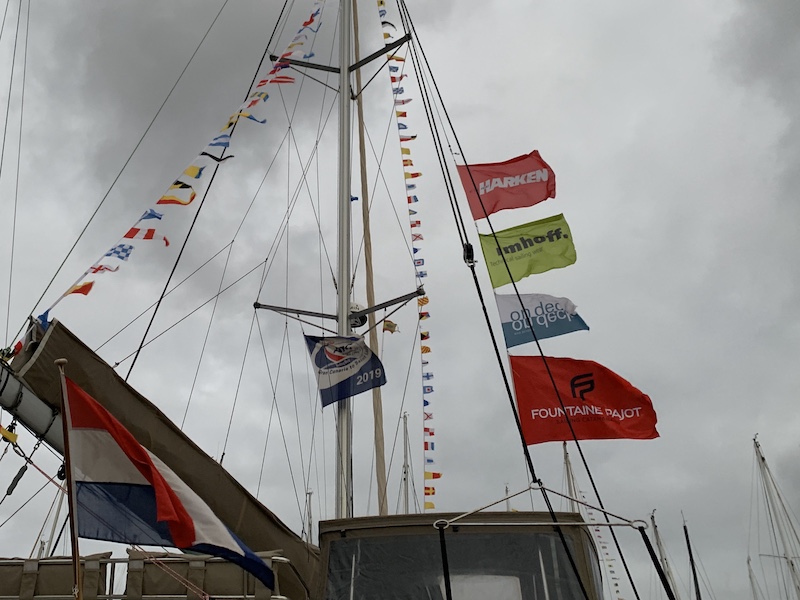

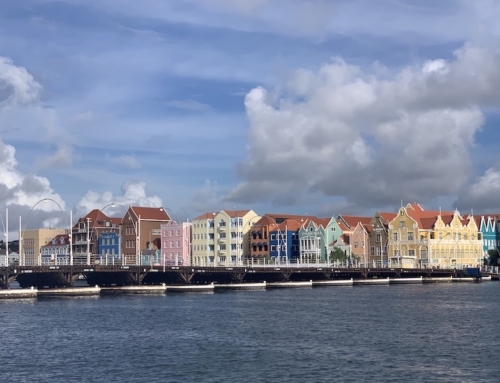
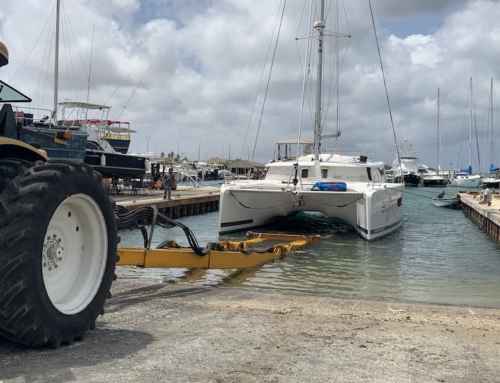
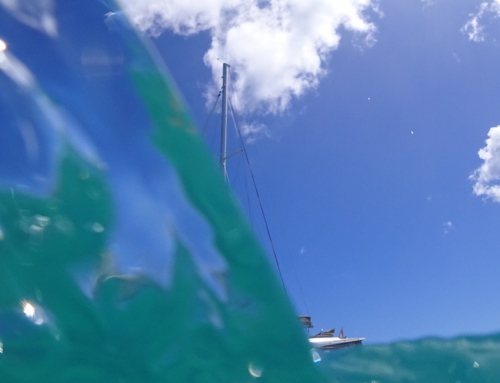
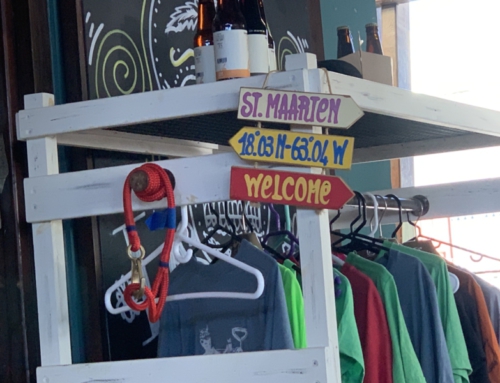

Leave A Comment